
Private certifiers approve and inspect building work to make sure it complies with the approved building plans and appropriate building standards including the Planning Act, the Building Code of Australia, Building Act 1975, Queensland Development Code and Australian Standards.
Private building certifiers are crucial in the construction industry, ensuring buildings comply with relevant building codes, regulations, and standards. Their primary responsibility is to assess and verify that construction projects meet legal requirements and safety standards. In most local government areas, you will have to use a private building certifier to issue an approval for your building works.
Here’s a breakdown of what building certifiers do:
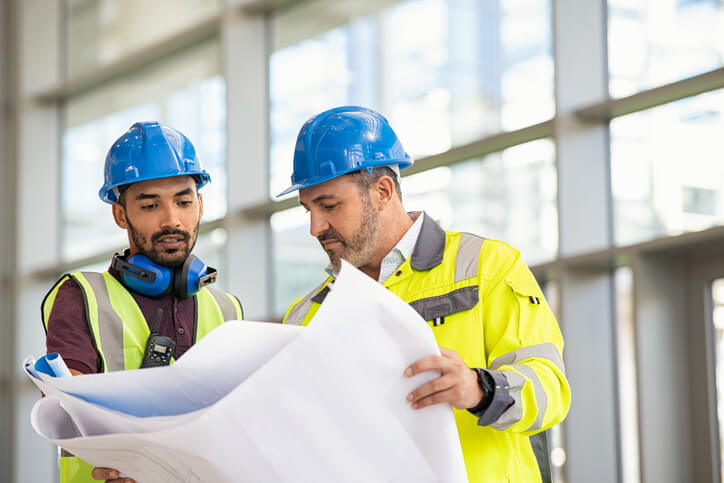
The building certifier begins their work by reviewing building plans and documentation submitted by architects, engineers, and builders. They scrutinise these documents to ensure they comply with relevant building codes, planning regulations, and other building legislation.
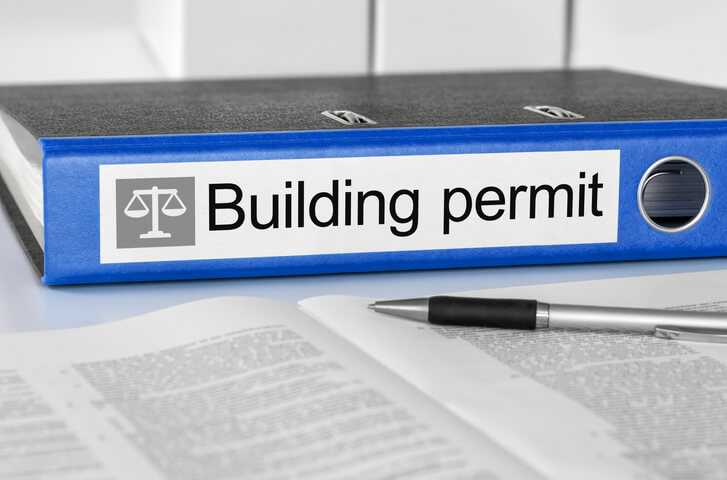
Building certifiers can issue permits once they are satisfied that the proposed construction project meets all regulatory requirements. These permits grant legal authorisation for construction to commence and are usually contingent upon compliance with specific conditions and regulations.

Certifiers and appointed competent persons (e.g. structural engineers) conduct on-site inspections throughout the construction process to ensure that work is carried out according to approved plans and specifications. These inspections cover various aspects of construction, including structural integrity, fire safety systems, electrical installations, accessibility features, and general compliance.
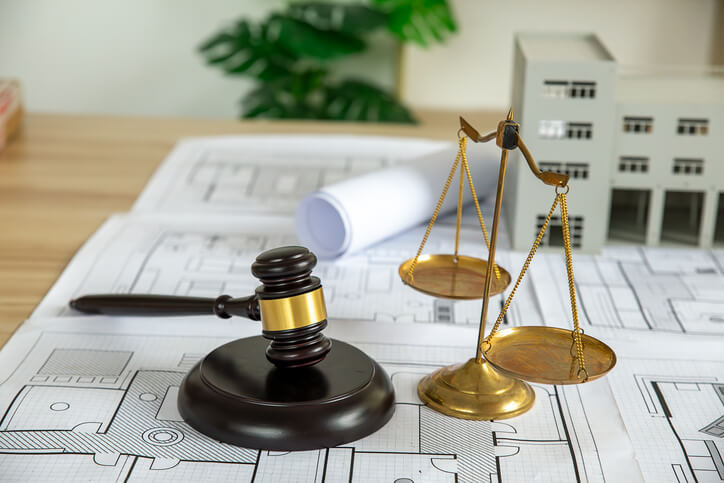
Certifiers are responsible for interpreting and applying building codes, regulations, and standards to ensure construction projects comply with all requirements. They stay informed about changes and updates to building codes and ensure that projects adhere to the latest standards.
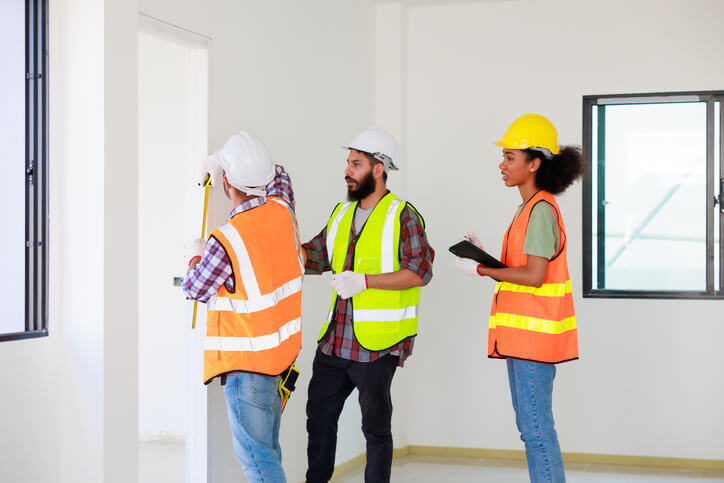
Throughout the construction process, project building certifiers verify compliance with building codes and regulations. It involves assessing materials used, construction methods employed, and reviewing certificates from the builder to ensure that the building work meets specified standards.
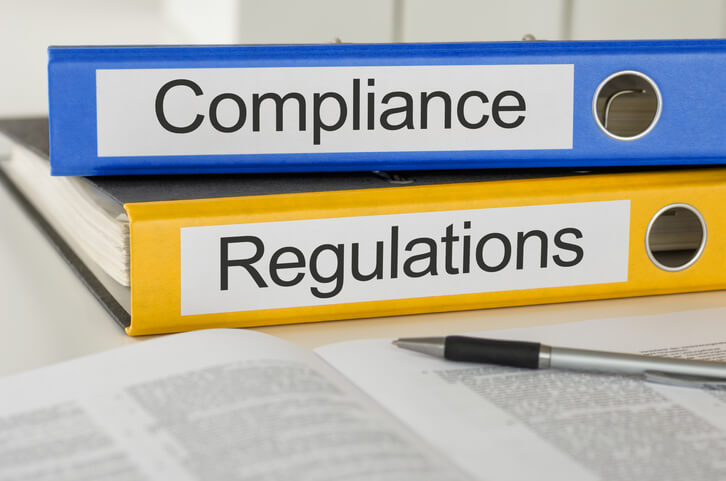
Building certifiers issue compliance certificates once construction is complete and all regulatory requirements have been met. These certificates attest that the building complies with relevant building codes and regulations and is safe for occupancy.
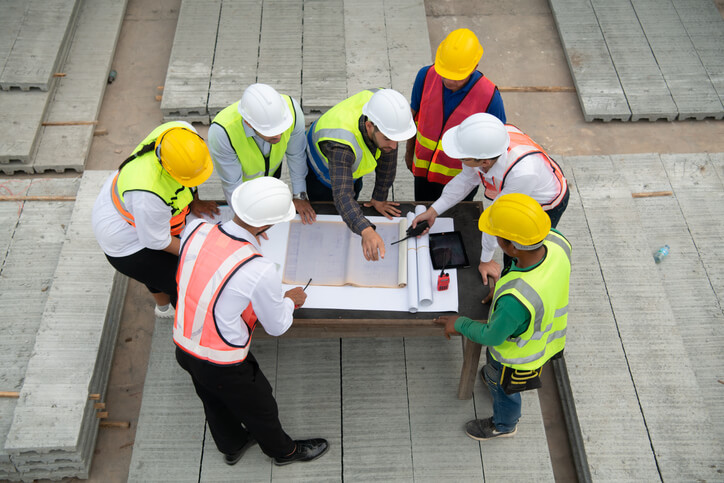
Certifiers liaise with owners, builders, developers, architects, government authorities, and other stakeholders involved in the construction process. They address queries, provide guidance, and facilitate communication to ensure that projects progress smoothly and comply with building regulations.

If certifiers identify non-compliance issues during inspections or reviews, they work with stakeholders to address these issues promptly. It may involve issuing non-compliance notices, enforcing corrective actions, or even halting construction until problems are resolved.

Building certifiers offer expert advice and guidance to stakeholders throughout the construction process. They may advise on compliance of design, materials selection, sustainability practices, and regulatory compliance, helping to ensure the success of construction projects.
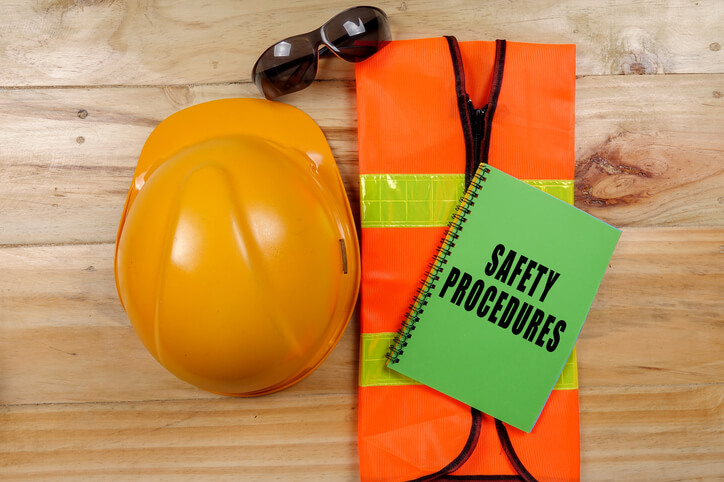
Above all, building certifiers are responsible for upholding safety and quality standards in construction. Their oversight helps to protect the health, safety, and welfare of building occupants and the broader community, ensuring that buildings are constructed to a high standard of quality and compliance.
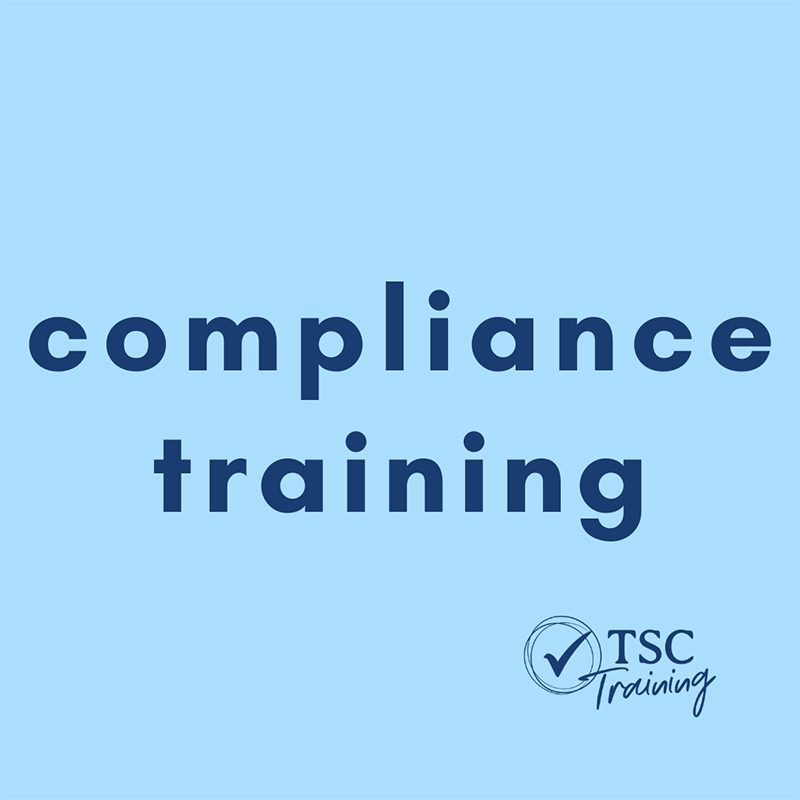

Subscribe for helpful updates from TSC Group.
We are currently taking expressions of interest for this product.
Please leave your name and email and will be in touch when this product is available for purchase.